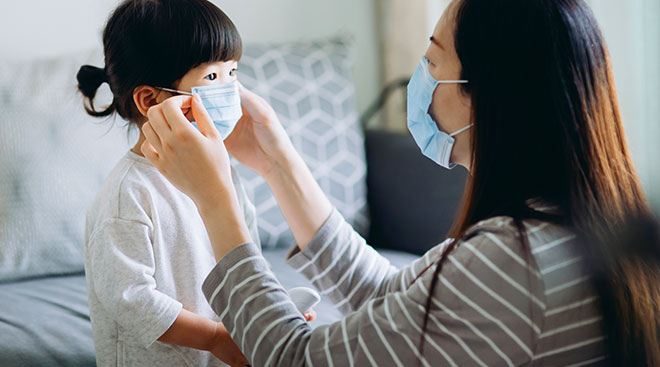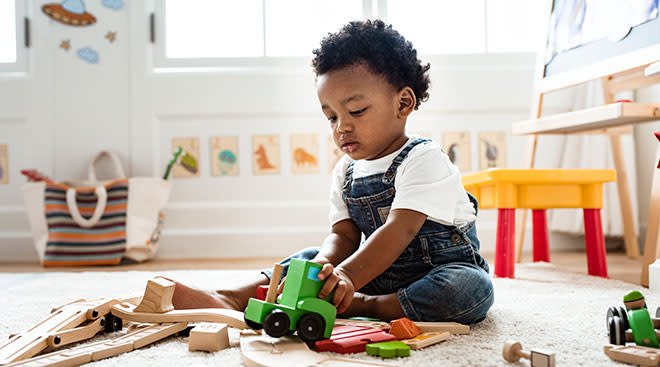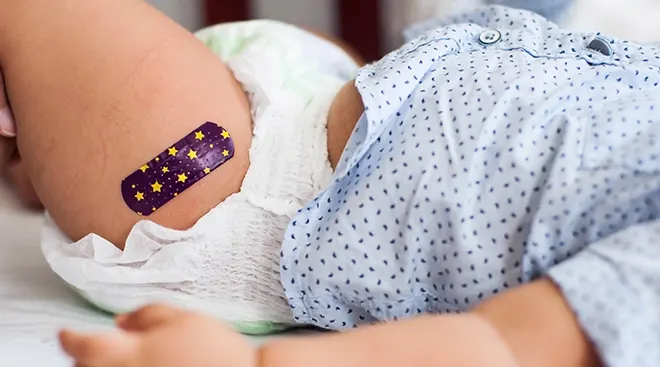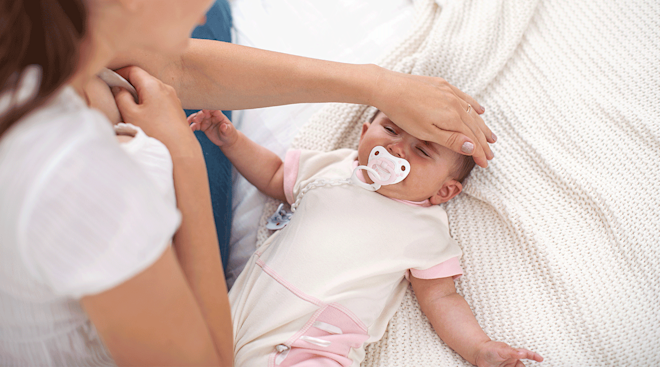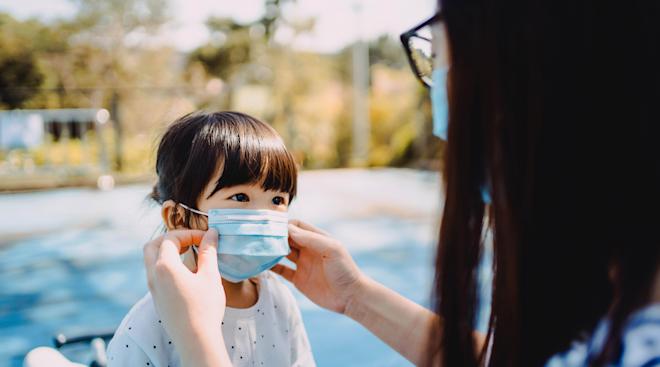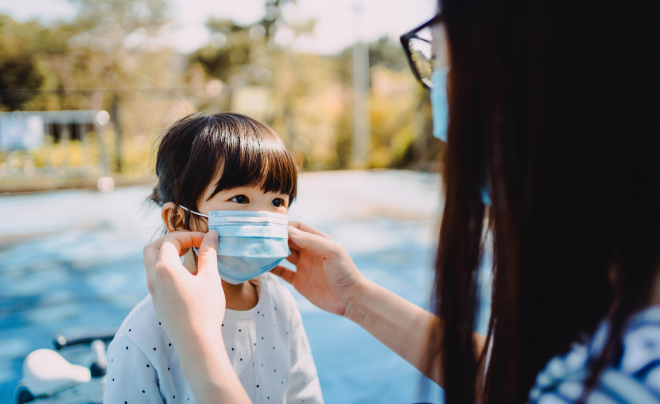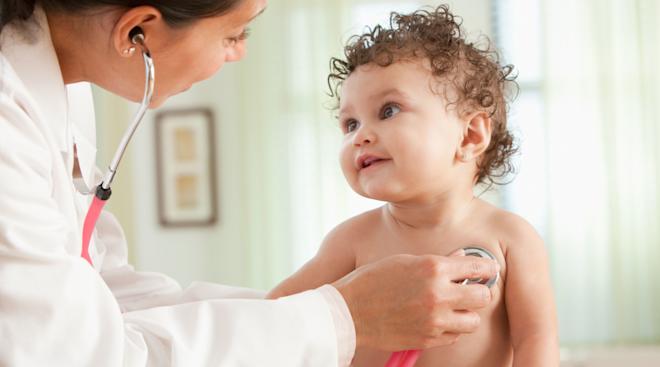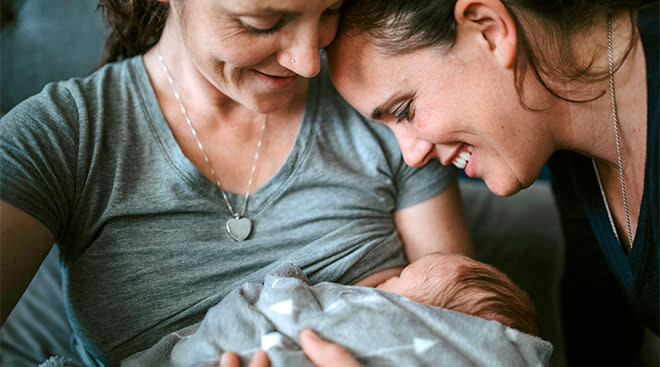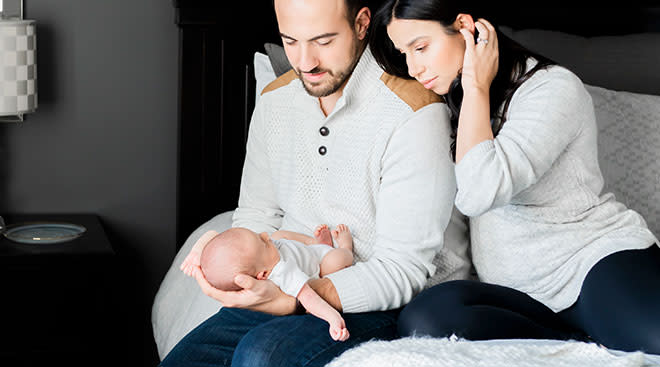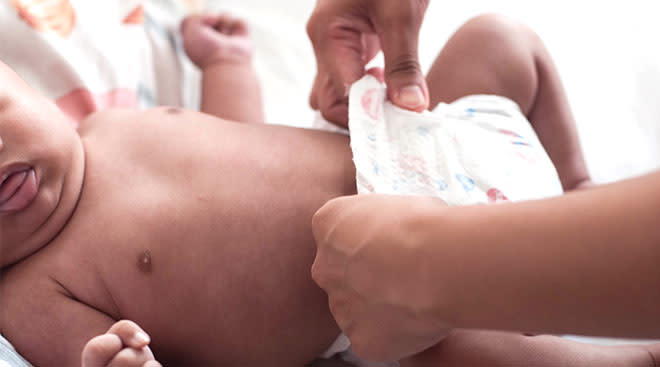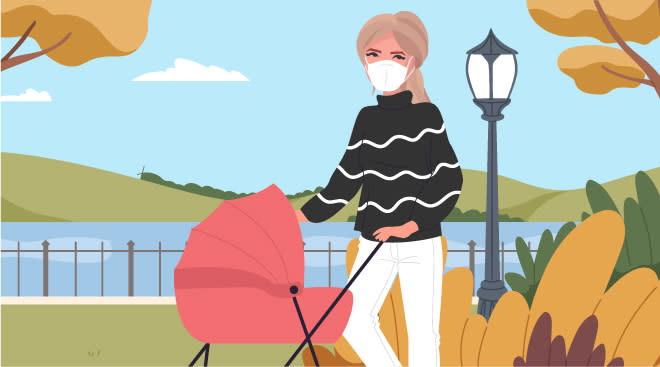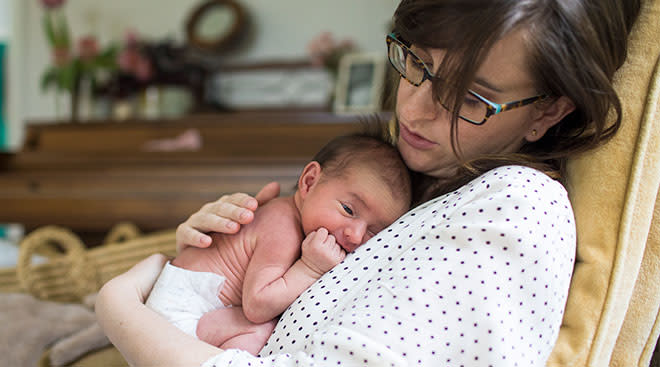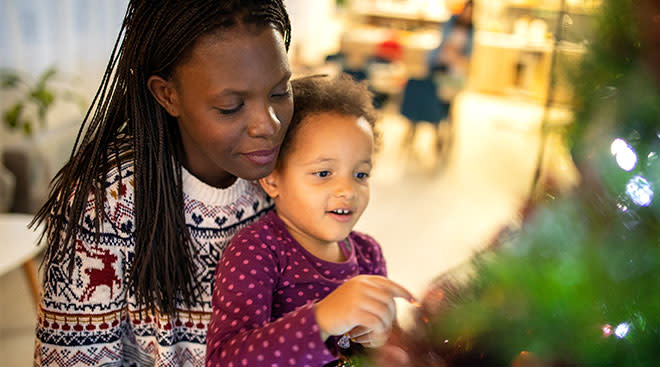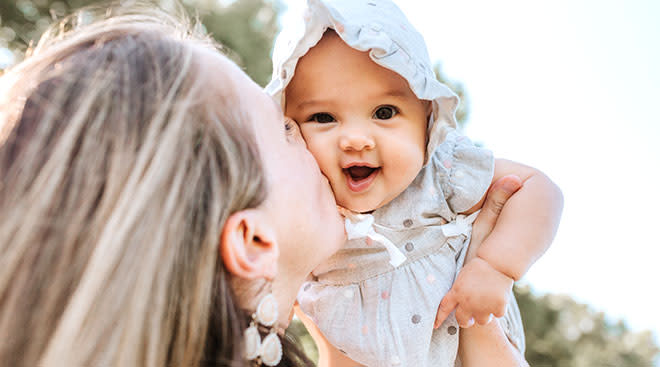6 Things to Consider When Deciding to Send Your Child Back to School
The American Academy of Pediatrics (AAP) believes that children learn best when they are in school. But COVID-19 cases are still on the rise, and now that summer is ending, many parents are faced with the difficult decision of whether to send their child back to daycare or school or to keep them home full-time. It’s a highly personal decision, to be sure, but here are some considerations to keep in mind when making your choice this school year.
The COVID-19 infection rate in your community will help predict how safe it is to send your children to school. Remember, children are not immune to COVID-19, and over the past month, there has been a 90 percent increase in child cases of COVID. The good news is that in general, children get a less severe bout of the illness and are less likely to be hospitalized.
According to the AAP, in parts of the country where the virus is very high or spiking, schools may not be able to safely open and may require starting the new school year with remote learning. Data from other countries that have already gone through school openings suggest that reopening schools is safe when neighborhoods have low COVID-19 transmission rates. Local health officials will work with school leadership to decide if and how schools can open safely. Schools must also be quickly adaptable to new information and be able to refine protocols as circumstances change to create a safe environment.
Important protocols include the ability of the school to institute measures to lessen the spread of the virus, such as limiting class size, keeping children socially distant, ensuring that children wear masks and wash their hands, and potentially the ability to separate kids by means such as Plexiglass dividers.
According to the AAP, physical distancing is essential to lowering the spread of COVID-19, since it’s primarily spread through respiratory droplets by individuals in close contact. Know your child and whether they’ll be able to social distance with classmates. It’s recommended that people stay 6 feet apart to help prevent the spread of COVID-19, but according to the AAP, desks can be spaced at least 3 feet apart, with children strongly encouraged to wear face masks, if the ideal spacing of 6 feet apart isn’t feasible. Teachers, however, should still be 6 feet apart from students and wear face coverings. As much outdoor time for teaching and eating lunch is also helpful.
Of course, for younger children, physical distancing is harder to implement. Schools and daycares should focus more on lessening the spread of COVID through other strategies, such as emphasizing hand and cough hygiene, having adults in the facility keep a physical distance, have adults and children over 2 wear face coverings, cohorting kids into groups, and encouraging kids to spend as much time as possible outside or in well ventilated areas. In fact, according to the AAP, reducing classmate play in Pre-K aged children may not provide a substantial risk reduction.
If you’re like us, you’ve probably tested out many different types of masks to find the one that fits your kiddo just right (and one they’ll actually wear). Practice having your child wear a mask so they get comfortable with it on. Teachers, teacher aides, school bus drivers and school faculty should all wear a mask or a cloth face covering. According to the AAP, children over 2 years old and kids in preschool and elementary school can benefit from wearing masks if they’re able to keep their hands off their faces and not take off their mask to touch their mouth and nose.
Here are a few best practices when it comes to having your child wear a mask:
- Teach your kid not to trade masks with other children
- Have your child wash their hands or use hand sanitizer (with at least 60 percent alcohol) before putting their masks on and off
- Label your child’s mask with their name so it’s not confused with another child’s
- Pack extra masks in case one gets soiled or lost
- Make sure your child is comfortable wearing a wear for many hours during the school day
The CDC recommends that kids should wear face masks when students are less than 6 feet apart when entering or exiting school, while transitioning to/from other activities, are seated less than 6 feet apart in the classroom, are in activities that require close contact, or when they’re receiving one-on-one services or instruction. According to the CDC, masks should not be worn by children younger than 2 years old, or by anyone who is having trouble breathing, unconscious, incapacitated or isn’t able to remove the mask without help.
An important consideration is air flow in the school. Many schools are in older buildings and aren’t able to put in new ventilation systems before the start of the school year. Can the school open windows and doors to increase circulation? Is it able to safely hold classes, lunch or gym classes outside to mitigate virus transmission?
Schools should be able to provide extra time for handwashing, sanitizers should be readily available and schools should follow CDC guidelines on proper cleaning protocols for all classrooms, bathrooms, frequently touched surfaces (like tables, doorknobs, handles, faucets) and school grounds. Some schools are able to perform temperature checks on children and adults entering the building. Protocols should also be instituted for making sure anyone who has symptoms of COVID-19 or who has a fever of 100.4 or higher remains at home, as well as in case a student or faculty member tests positive for COVID-19.
In addition, many schools are limiting large gatherings and the number of adults allowed in the building. Schools are also cohorting students into “pods,” where a group of students stay together during the school day and go to school on the same days to minimize exposure to other children and staff.
There is no one “right” or perfect answer here. Some children have health conditions or live with medically high risk family members, and those families may decide to keep that child home on remote learning, while another child may not be able to learn from home or needs special services that are provided by school. Decisions can also change based on how a child or family is doing with their initial choice. The final decision of whether to send a child to school in these difficult times is simply the one that’s best for the child and family.
About the authors:
Dina DiMaggio, MD, is a pediatrician at Pediatric Associates of NYC and at NYU Langone Medical Center, and serves as a spokesperson for the American Academy of Pediatrics. She has received numerous research awards, along with Patient’s Choice award, compassionate doctor recognition and was featured in the New York Times Magazine as a Super Doctors and New York Rising Star. She and Anthony Porto are coauthors of the book The Pediatrician’s Guide to Feeding Babies and Toddlers.
Anthony Porto, MD, MPH, FAAP, is a pediatrician and pediatric gastroenterologist at Yale New Haven Children’s Hospital and the medical director of the Yale Pediatric Celiac Program. He’s also an associate professor of pediatrics and associate clinical chief of pediatric gastroenterology at Yale School of Medicine, as well as an AAP spokesperson. He has won numerous awards including the Norman J. Siegel Award at Yale University for leadership and providing outstanding clinical care as well as Physician of the Year during his time at Morgan Stanley Children’s Hospital. He has been named Castle Connolly Top Doctors since 2012.*
Please note: The Bump and the materials and information it contains are not intended to, and do not constitute, medical or other health advice or diagnosis and should not be used as such. You should always consult with a qualified physician or health professional about your specific circumstances.
Plus, more from The Bump:
Navigate forward to interact with the calendar and select a date. Press the question mark key to get the keyboard shortcuts for changing dates.
































